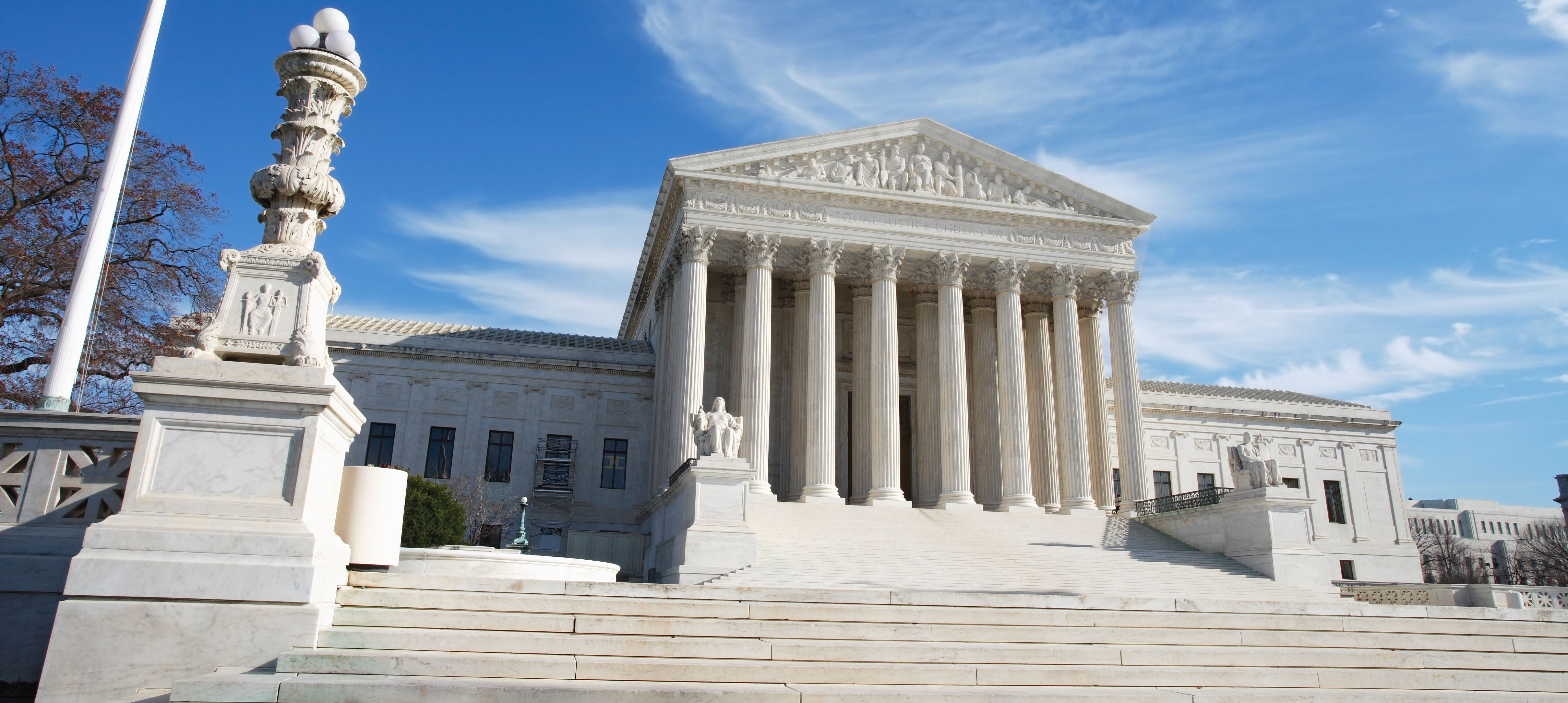
John Marshall was appointed Cheif Justice in 1801. He knew if the Supreme Court was not elevated to the level it currently is, there would not be an effective check and balance between the Executive and Legislative branches of our United States Government. Over 200 years later, the Supreme Court is in many ways still underestimated. History teachers, professors, and scholars mostly talk about the Executive and Legislative decisions our country has made. Citizens assume the Supreme Court has secrets. This myth will be disproved the more you read. In the Supreme Court videos I watched, I learned more about how the Justice System works better than any history class ever taught me. It only took an hour instead of a semester.
Comm3390 Supreme Court, Pt. 1 - YouTube
Comm3390 Supreme Court, Pt. 2 - YouTube
As I briefly touched on, unlike Legislative works, the Supreme Court's decision is out in the open through the printed opinions of the Justices. The Justices are "primarily responsible to the law" according to Justice Stephen Breyer, "[the] pubic does not have direct ability to influence the decision to the ballot box. This is why the confirmation process is an important decision." The confirmation process is the President's official announcement of the Cheif Justice.
Justice David H. Souter recalls advice he was given about his position when he first started out. "A friend told me to give the position 3 years to get used to the role and it won't be as overwhelming and strange. Another said no, 3 is wrong, it's at least 5 years."
Our country's first Cheif Justice gave his thoughts on the position through two different cases. The first, Marbury v Madison (1803), "It is emphatically the province and duty of the Judicial Department to say what the law is." In McCullogy v Maryland (1809), Never forget that it is a Constitution we are expounding."
Concerning how Justices come to a decision, Justice John Paul Stevens brings up a valid point about working with people with different perspectives. "Though we can disagree on some fundamental things from time to time, we all have the understanding to uphold the Constitution."

When picking Supreme Court cases, people assume there is more bias than there truly is from the Justices. The Court has to wait to be given a case. The cases are brought to their attention in public. Lawyers have a total of 1 hour to state why their case should be in the Supreme Court. This event is called an "oral argument". In the room where this happens, the lawyers have to deal with the pressure to convince 9 Justices of their case being tried. After hearing the oral argument, the 9 Justices go into the Conference Room and vote on if the case should be heard in their Court.

After this discussion, one of the nine Justices on the majority side of their ruling must write his/her opinion on the decision. This is the most time-consuming part of the whole process. After his/her initional writing, the secretaries and clerks help with research and argument points. The first draft is finished in 4 weeks time and sent to the other 8 Justices. Revisions and adjustments from the other Justices may go on for months. Justices have to announce their decision in the Court. The Pubic Office is immediately notified of their vote by telephone and copies of the opinion are released through print, TV, and radio.

Watching the videos on how the Justice System works gave me a better appreciation for the long and difficult process it takes to be a judge of any stature. Especially a Justice in the Supreme Court. The motivation of any Justice is to have a willingness to protect the minority voice. Over the years of our country's existence concerning the Court, we trust the Supreme Court's rulings. One of the hidden keys to our freedom is understanding most people will listen and follow the rules of the Supreme Court.




No comments:
Post a Comment